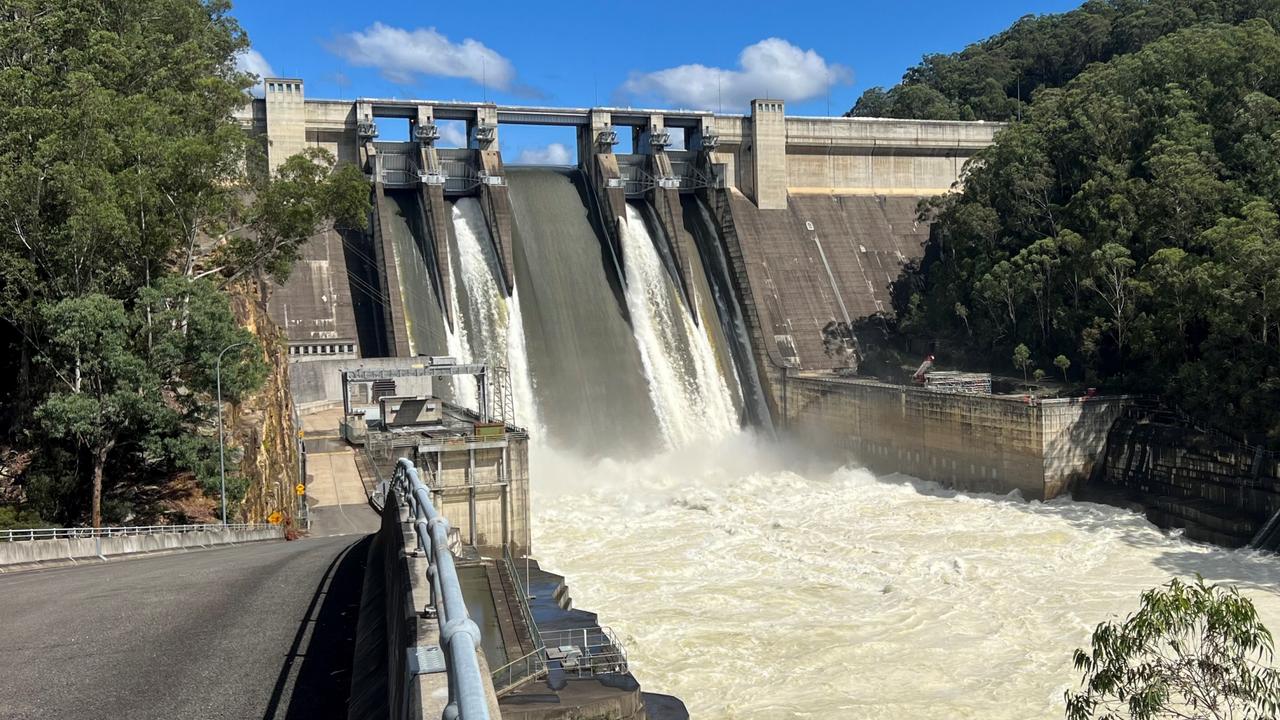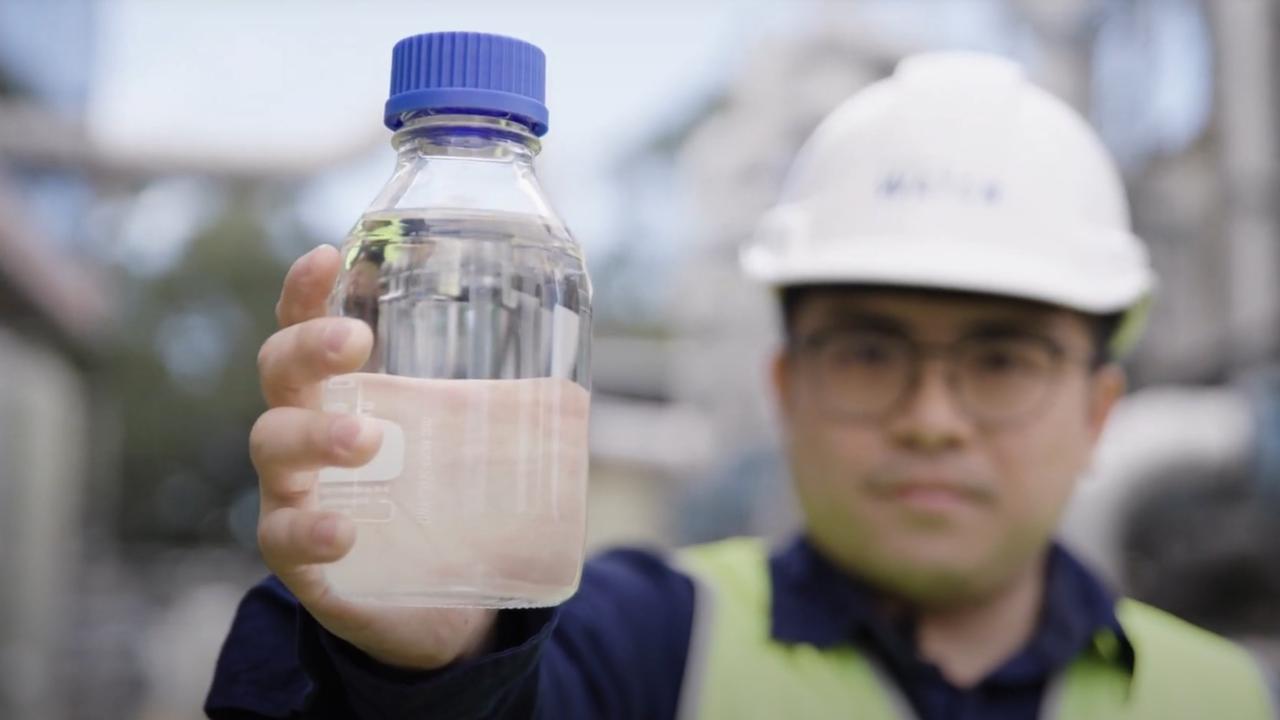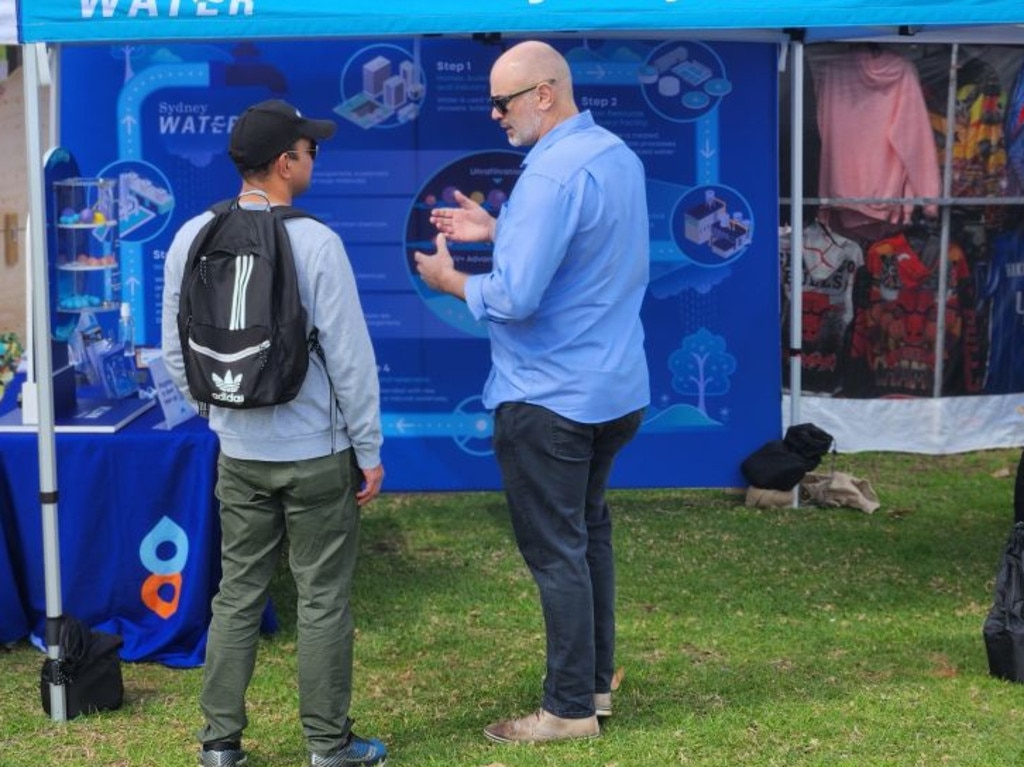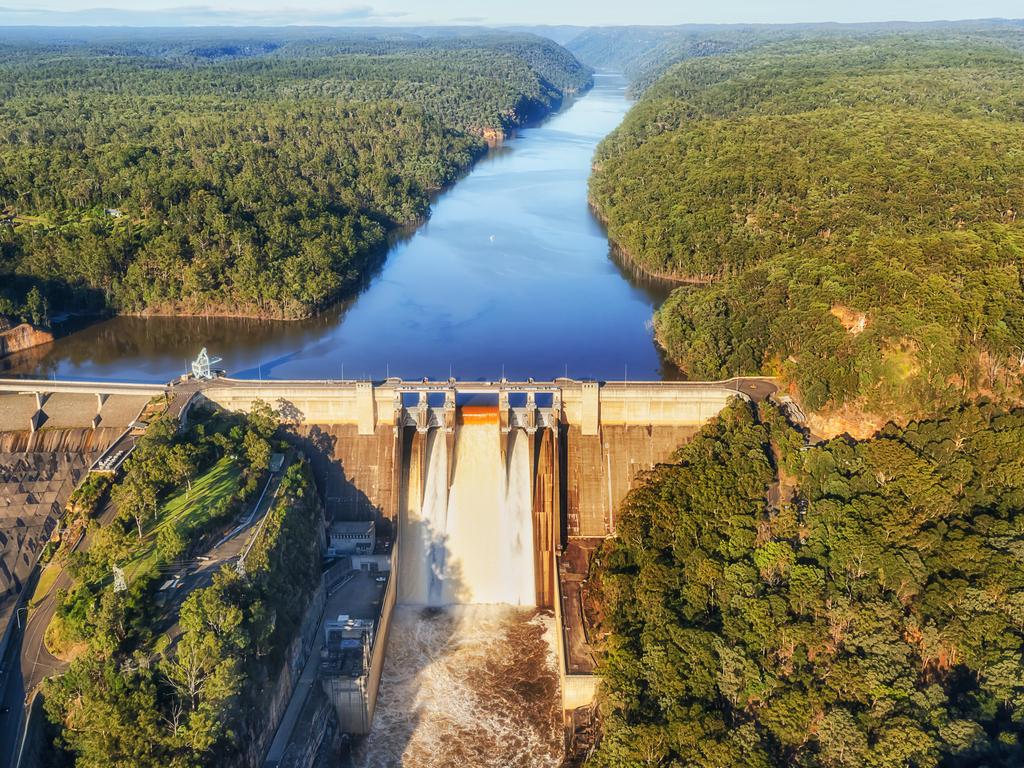Is water recycled from industry and homes good enough to drink?
The biggest ever push for introducing recycled drinking water to millions of Australians is underway, after one major authority floated the new approach in its future water management proposal

READING LEVEL: GREEN
Millions of Australians could be drinking recycled sewage* by early next decade as water authorities work to “build acceptance and understanding” of the technology.
“Purified* recycled water” (PRW) is already in use in around three dozen cities around the world, including Perth. Under a proposal released by Sydney Water last month, PRW would be pumped into Prospect Reservoir* starting in 2032.
PRW is water recycled from industry and homes – including from kitchens, showers and toilets – that has been purified to meet strict guidelines to supplement drinking water sources.
Sydney Water opened a “discovery centre” at its Quakers Hill sewage plant last October to demonstrate the “performance and reliability” of the technology and build “community acceptance”.

The small amount produced at the centre, the first such facility in NSW, does not currently go into Sydney’s drinking water supply.
But Sydney Water eventually wants to build a full-scale plant to pump out millions of litres of PRW each day, which would then be sent for treatment at the city’s main water filtration* plant in Prospect.
“Sydney Water recognises that PRW is a new approach to water supply in Greater Sydney and that it is important we educate … and demonstrate the outcomes of rigorous* technical assessments,” the proposal states.

“Sydney Water’s intent is that drinking water sourced from PRW is triple-treated, passing through three different treatment plants, each with multiple treatment steps, before reaching the customer.
“In this process, water from a PRW treatment plant will mix with water from dams or rivers before being extracted for drinking water filtration.”
The proposal represents the most significant push for recycled drinking water in Australia to date.
In Perth, PRW is used on a smaller scale to replenish deep groundwater aquifers*.
Sydney Water has hosted a series of “taste test” pop-ups at events – including Blacktown’s NAIDOC concert, an NRL game in Parramatta and the Flavours of Blacktown festival – but the water on offer was actually imported.

“Taste tests … are from similar plants in other countries, including the US and Singapore, which have implemented purified recycled water for drinking,” a spokeswoman said.
“As the city grows and climate continues to change there is a need to look beyond rainfall and feedback from ongoing community consultation indicates a positive trend toward purified recycled water as an option for greater Sydney.”
More than 80 per cent of Sydney’s water comes from Warragamba Dam and is treated at Prospect. Prospect Reservoir holds 33,000 megalitres and could receive up to 36 megalitres per day of recycled water under the proposal.

The scoping report is the first stage in a planning approval process that requires sign-off by NSW Planning Minister Paul Scully.
The project would also need separate funding and health approvals.
Sydney relies on rainfall for 85 per cent of its water supply, with desalination* able to make up the remaining 15 per cent. But “dams, desalination and water conservation are not enough to secure our water future”, according to Sydney Water.

NSW Water Minister Rose Jackson said in a statement, “I want to be clear, at this stage, there are no plans from the NSW government to introduce recycled water for drinking.”
“Greater Sydney has one of the most sophisticated water management systems in the world, but we need to continue adapting to the needs of our growing population and the changing climate, which could bring less water availability in the decades to come,” she said.
“That means making better use of the water we have and planning for a resilient supply future, so we are best placed to respond to whatever challenges come our way.”
POLL
GLOSSARY
- sewage: waste matter such as human urine and solid waste, plus dirty water from homes and factories
- reservoir: natural or artificial place where water is collected and stored for use
- purified: has had bad substances, pollutants and contaminants removed, made pure, free of toxins
- filtration: removing unwanted substances such as bacteria or harmful chemicals from drinking water
- rigorous: extremely thorough, careful, diligent, meticulous
- aquifers: layer of rock, sand, or earth that contains water or allows water to pass through it
- desalination: the process of removing salt and other minerals from water
EXTRA READING
Stink erupts over Seine swimming
Thaw turns river into ‘orange juice’
‘Barbie’ pink water could be algae
QUICK QUIZ
- What does PRW stand for?
- Which Australian city already has PRW and what is it used for?
- How much water does Sydney’s Prospect Reservoir hold?
- The NSW capital Sydney relies on which source for 85 per cent of its water?
- What are the main drivers for this push for an alternative source of drinking water?
LISTEN TO THIS STORY
CLASSROOM ACTIVITIES
1. Recycled water slogan
The hardest part of ever trying to introduce recycled water is getting rid of the sewerage stigma.
Work with a partner and come up with a catchy slogan or catchphrase to head a publicity campaign about the advantages and long-term sustainability of using recycled water.
Design a poster with your slogan prominently featured, together with some of the positives of using recycled water into the future.
Time: allow 30 minutes to complete this activity
Curriculum Links: English, Science, Health and Physical Education, Personal and Social, Critical and Creative Thinking
2. Extension
With rainwater supplying up to 85 per cent of Sydney’s drinking water, what happens if there is a severe drought or not enough rain?
Do you think this purified recycling of water is a good idea? State your reasons for deciding yes or no.
Time: allow 15 minutes to complete this activity
Curriculum Links: English, Science, Personal and Social, Critical and Creative Thinking
VCOP ACTIVITY
Wow word recycle
There are plenty of wow words (ambitious pieces of vocabulary) being used in the article. Some are in the glossary, but there might be extra ones from the article that you think are exceptional as well.
Identify all the words in the article that you think are not common words, and particularly good choices for the writer to have chosen.
Select three words you have highlighted to recycle into your own sentences.
If any of the words you identified are not in the glossary, write up your own glossary for them.
Extension
Find a bland sentence from the article to up-level. Can you add more detail and description? Can you replace any base words with more specific synonyms?
Down-level for a younger audience. Find a sentence in the article that is high level. Now rewrite it for a younger audience so they can understand the words without using the glossary.


